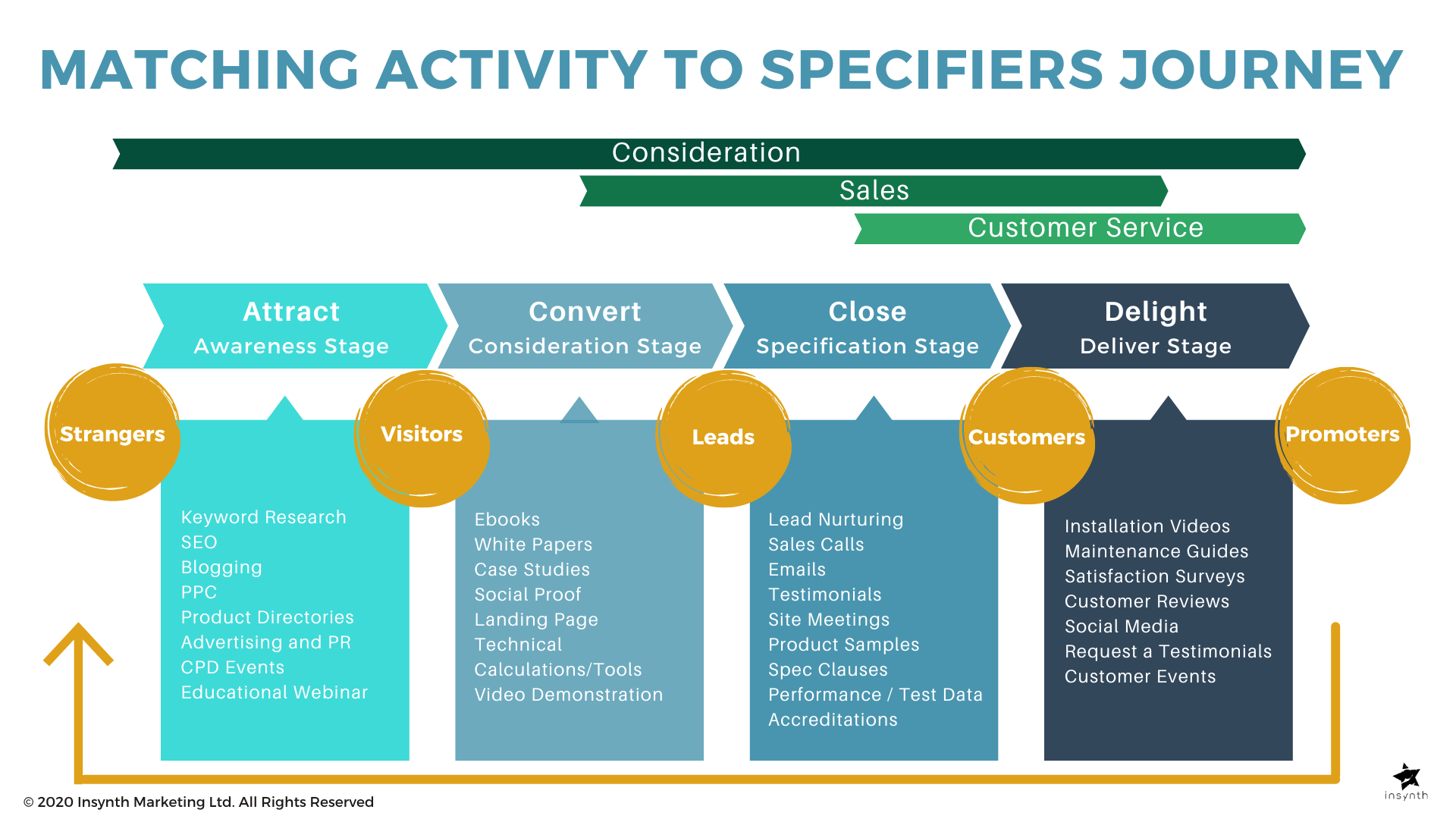4 min read
Prepare Your Construction Marketing Plan in 2023
![]() Ainhoa Rodriguez-Muguruza
:
30-Sep-2022 11:38:42
Ainhoa Rodriguez-Muguruza
:
30-Sep-2022 11:38:42

With Q4 drawing near, building product businesses are contemplating how they can improve their performance in preparation for the upcoming year.
This is the time marketing plans get drafted, modified, discarded, and reformulated, to be the pillar on which the company rests as the team steers the business to success. A marketing plan should help you stay on track with company objectives, mission, and KPIs and achieve maximum potential for your building product brand.
In 2022, the average percentage of the revenue spent on marketing has been 11%. This budget increased year-on-year since the pandemic, reflecting the new role marketing is playing in the success of the industry in the post-pandemic world.
2023 is a likely contestant to see some of the biggest marketing budgets to date, asking marketers across the industry to be more resourceful with how they design their marketing plans.
Unlike what's commonly thought, marketing plans are specific, but they don't have to be rigid. There's not one way to do things! Yet, a template, a set of guidelines, or a checklist to guide yourself through is particularly useful! Depending on the resources at hand, your marketing efforts may look different: your team, your software, and the budget, all affect the final outcome.
Your marketing plan should frame a comprehensive overview of the different activities that you will implement to reach out to new audiences, and, most importantly, the tactics that you will put into place to convert them into customers, along with improving their overall customer experience. A well-crafted marketing plan should remain flexible! After all, things tend to change quickly in marketing, sometimes unexpectedly.
5 Key Elements When Preparing A Marketing Plan
A marketing plan should be focused and specific to achieve desired results. Mapping out and analysing your current activities and resources should help to ensure the value proposition that you are taking to market is correct and resonates with not only your customers but your employees too.
#1: Research
It's important to get to know your audience well, so you can create content that's relevant and engaging to them.
Specifiers are often happy to offer insights into what they look for when searching for product solutions, either through interviews, surveys, or, simply, genuine conversations.
Here are some questions:
- What do you think might be important to know about their position or work sector?
- What attracted them to you?
- Or, what keywords did they use when browsing your profile?
#2: Audience
The more research you put into learning about your potential customers, the more accurate your marketing efforts will be.
Specifiers may not be interested in researching your brand if it doesn't align with their values, so it's key to get it right!
Segmentation of your database is essential, as well as taking into account other relevant factors such as demographic data, behavioural patterns, and sales data.

#3: Message
With a clear picture of who you are talking to, creating content becomes much easier. But, it's not quite as simple, is it?
Content can help you showcase your expertise on a particular topic and increase the chances that search engines will feature your content.
Make sure it speaks to a particular audience, that it's adapted to, and educates (without selling!) about your solution.
#4: Channels
That content is your ticket to reaching out to your audience, and it's important to use it well!
Social media is key when bringing your content to your audience. Specifiers use social media to research products to a greater degree than any other type of browser.
According to the Sprout Social Index, after finding a brand on social media, 91% of users will feel drawn to visit their website, and 89% will make a purchase!
#5: report
Setting goals and tracking progress are essential to effective marketing. Do you have a plan that is working well, or are you missing some key elements?
Marketing is not an exact science, but it's becoming more and more refined. With tools like HubSpot, you'll be able to track and analyse your marketing efforts, identifying which assets are working best and pinpointing areas where you may need to focus more attention.
what You Should Include on Your Marketing Plan (and that we often forget about)
Budget, KPIs, etc. there are some elements that must always be clear on your marketing plan.
Focusing too much on those elements should not, however, make us lose track of some inherent parts of the mission you are pursuing. And it is quite simple:
- Why are you doing this?
- What is the overall goal of your business?
- Why do we support our customers?
- What is the most important thing to you about this situation?
Your Vision
Your vision is unique, and is your main go-to-market asset! Your vision should guide the marketing, clearly stating the purpose behind everything you do.
You might have a clear aim, indeed, but, how does that align with your vision? Your vision also reflects values. This includes the culture you want to promote in your company, your business principles, employee expectations, and your obligations to your team.
Your Weaknesses
Often, these are obtained after completing a SWOT analysis but it might not always be helpful. This method provides a detailed look at what you might need to improve, but it lacks any strategic thinking or information about how you can do so!
Think about where your business is not performing as well as you thought and set specific targets! Aim for those targets to be measurable, so you can track your progress!
Your Competitors
This might seem counterintuitive, but your marketing plan should include a section about your competitors. Looking at what your competition is up to, you will be able to develop an overview of the insights you need to gain a competitive advantage.
Understanding the industry and the broader market is important to staying relevant and making sure you are always innovating and improving, one step ahead.
The One Trend You Must Consider When Writing Your Marketing Plan for 2023
Start speaking to your customers.
Genuinely.
The pandemic asked companies for a total change in how they do things. Transformation, has, since then, been an ongoing process, and it will not stop any time soon.
Despite all the effort companies have put into adapting to the new normal, it seems as though their efforts are not bearing fruit. Even with the overload of information, we are exposed to, many people feel disconnected from each other, and customers do not feel heard.
Companies are finding it difficult to connect with their customers in a genuine way. And, isn't that something that we can all relate to?
Digital fatigue and distrust are at an all-time high, likely due to the increasing use of digital devices. We are experiencing an overload of stimuli, constantly exposed to noise. It's hard to focus and, when customers invest themselves, they are let down, time after time.
2023 will be about connections, and, most importantly, about developing strategies to help build those relationships.
Understanding your customer's needs and desires at any given moment is essential in ensuring that you are providing the right message, at the right time, and through the right channel. Teams are struggling and customer experience is suffering, and we need to fix that.
About Insynth
At Insynth we deliver a predictable flow of leads, customers, and specifications for building product brands through our inbound marketing approach, proven to reach a technically demanding audience.
We use the latest marketing techniques such as construction inbound marketing, to equip building product companies to grow sustainability in this era of digital transformation.
As the only HubSpot certified agency to major in construction marketing. We have a proven formula of bringing a variety of functionalities together including CRM Implementation, Web Design, Sales Automation, SEO, and Email Marketing to achieve your ultimate aim: Growing your business and gaining new specifiers and customers.

